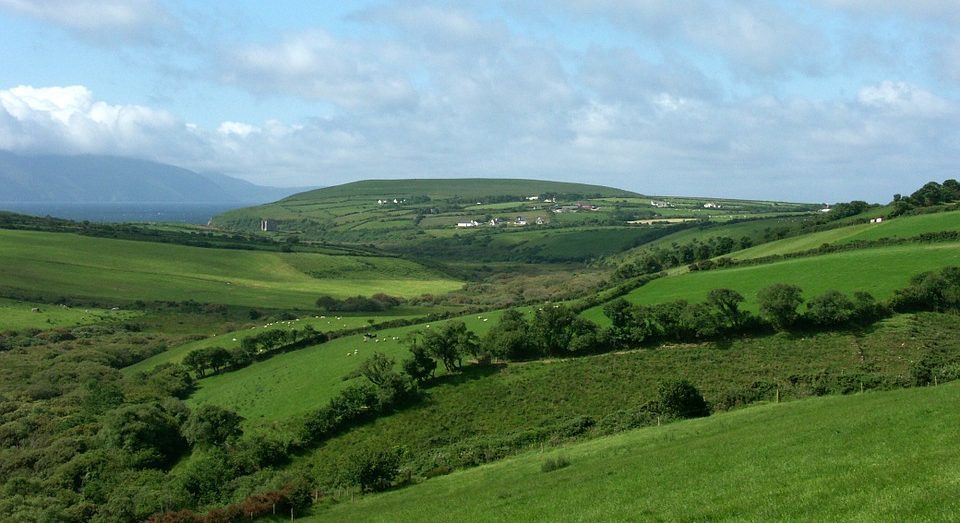Total on-farm operating surplus (across the country) increased by 35.2% up to €3.498 billion in 2017, new figures from the Central Statistics Office (CSO) reveal.
The CSO’s Preliminary Estimate of Output, Input and Income in Agriculture, 2017 – published today – shows a hefty hike last year – following a modest rise of just 3.6% in 2016.
According to the figures, “intermediate consumption” increased by 2% over 2016 levels to €5.203 billion.
The figures show that the dairy sector is the driving force behind the substantial rise in aggregate farm income, as the value in milk output jumped by more than 45% in 2017.
These figures relate to the operating surplus earned by farmers, plus that earned by agricultural contractors.
It is essentially an estimate of income before deductions for interest payments on borrowed capital, land annuities and rent paid by farmers to land-owners.
It does not include income from non-farming sources and, thus, may not be equated directly to household income.
Data sourcing
The estimates are based on data from a combination of sources including: administrative data; industry sources; and several statistical surveys conducted by the CSO, Department of Agriculture, Food and the Marine and Teagasc.
The figures highlight that Teagasc previously estimated that family farm income per farm (FFI) increased by 37% in 2017.
FFI, therefore, represents the financial reward to all members of the family who work on the farm for their labour, management and investment.
Overall household income will be greater than FFI in most cases, given the numbers of farmers, and/or spouses, holding off-farm jobs or being in receipt of pensions/unemployment assistance, etc.
A random, nationally representative sample is selected in conjunction with the CSO – though smaller farms with a standard output below €8,000 are not included.
Each farm is assigned a ‘weighting factor’ so that the results of the survey are representative of the national population of farms. The latest estimate was apparently representative of almost 85,000 Irish farms.
Stay tuned to AgriLand for further analysis of the latest CSO farming statistics.
